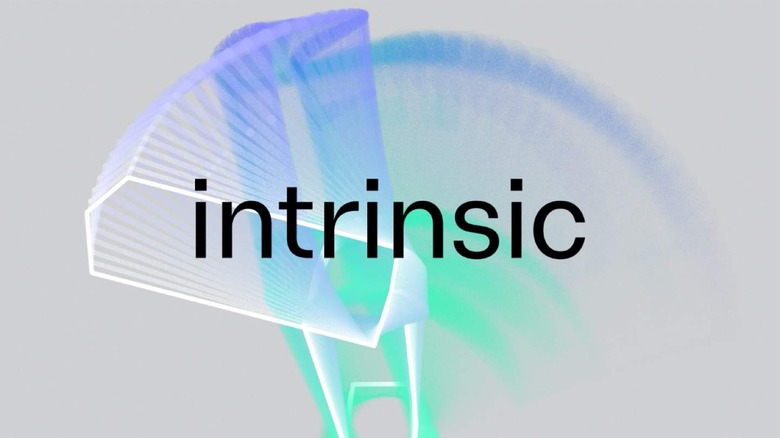Alphabet's Intrinsic Breaks Cover To Teach Old Robots New Tricks
Alphabet has started up a new robotics company, Intrinsic, with Google's parent firm looking to make smarter industrial 'bots. The announcement comes shortly after Alphabet sold Boston Dynamics – known for its attention-grabbing human and animal inspired robots – to Hyundai, but it seems Intrinsic will focus on a very different area of the field.
While Boston Dynamics tackled both software and hardware for its robots, such as models like the dog-like Spot, Intrinsic will apparently leave the physical robotics to others. Instead it'll focus on the software they run, leveraging Alphabet's expertise in machine learning, AI, and more to so as to make existing industrial robots more flexible.
Though that may not seem quite as glamorous as making bipedal robots that can dance, it's arguably a whole lot more useful for fields like manufacturing. "We're developing software tools designed to make industrial robots (which are used to make everything from solar panels to cars) easier to use, less costly and more flexible," Wendy Tan-White, new Intrinsic CEO, says, "so that more people can use them to make new products, businesses and services."
The challenge, Tan-White explains, is that while industrial robots – like the huge robotic arms that help piece together cars on production lines, and their far smaller counterparts that can assemble electronics – are capable, the process of programming them can be extremely complex. That makes both the initial task of getting them ready to perform a job time-consuming and challenging, and presents hurdles when it comes to reprogramming them for new jobs.

"Specialist programmers can spend hundreds of hours hard coding robots to perform specific jobs, like welding two pieces of metal, or gluing together an electronics case," the new CEO says. "And many dexterous and delicate tasks, like inserting plugs or moving cords, remain unfeasible for robots because they lack the sensors or software needed to understand their physical surroundings."
Intrinsic's goal is twofold, then. On the one hand, it'll be developing software that can use things like automated perception, deep learning, reinforcement learning, motion planning, simulation, and force control to more intuitively teach robots how to carry out tasks. At the same time, it will look at how motion planning software can make training and deploying those enhancements more straightforward to actual businesses.
"In one instance, we trained a robot in two hours to complete a USB connection task that would take hundreds of hours to program," Tan-White says. "In other tests, we orchestrated multiple robot arms to assemble an architectural installation and a simple piece of furniture. None of this is realistic or affordable to automate today – and there are millions of other examples like this in businesses around the world."
While Intrinsic may be breaking cover today, it's not exactly a new startup. The team has been working within Alphabet for five and a half years, apparently, as part of the X "moonshot factory" for new projects. Now, along with the public reveal, it's looking for new partners – initially among the automotive, electronics, and health care industries – who want to explore how their existing industrial robots could be improved.
